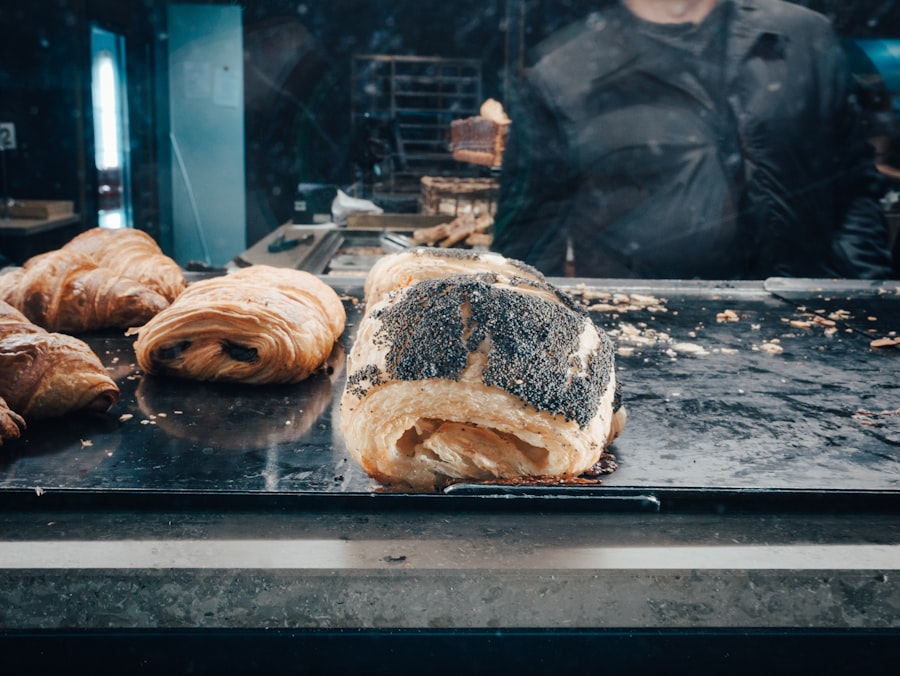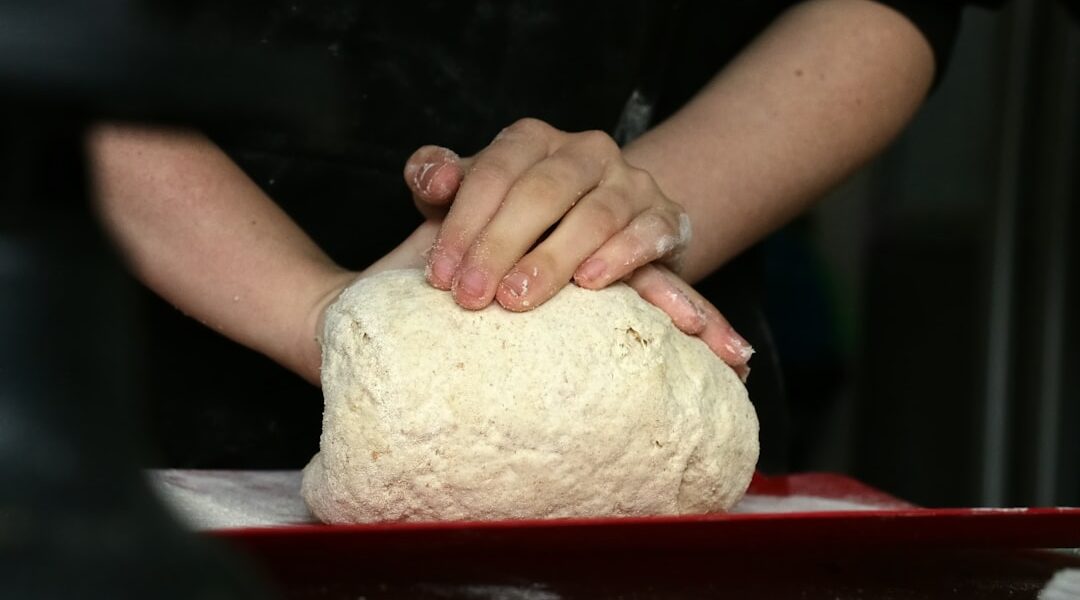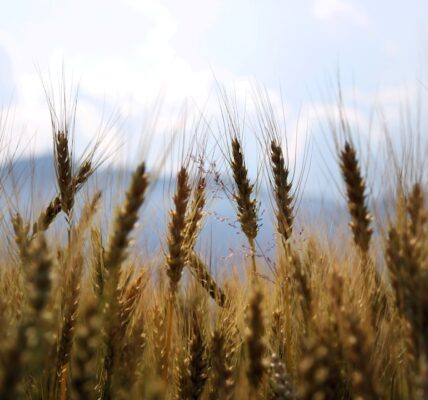Torta de Harina, a traditional Mexican dish, has roots that intertwine with the rich tapestry of Mexican culinary history. The origins of this dish can be traced back to the pre-Hispanic era when indigenous peoples utilized corn as a staple food. However, the introduction of wheat by Spanish colonizers in the 16th century marked a significant turning point in the evolution of Mexican cuisine.
Wheat flour began to be incorporated into various recipes, leading to the creation of dishes like Torta de Harina. This transition from corn to wheat reflects broader changes in agricultural practices and cultural exchanges that occurred during colonization. As the centuries progressed, Torta de Harina became a staple in many Mexican households, particularly in regions where wheat was more readily available.
The dish is characterized by its soft, flatbread-like texture, which serves as a versatile base for various fillings. Over time, it evolved into a beloved comfort food, often enjoyed during family gatherings and celebrations. The historical significance of Torta de Harina is not merely culinary; it also embodies the resilience and adaptability of Mexican culture, showcasing how traditional ingredients can be transformed through external influences while still retaining their essence.
Ingredients and Preparation of Torta de Harina
The Art of Preparing Torta de Harina
Torta de Harina’s Ingredients and Complexity
The preparation of Torta de Harina is relatively straightforward, yet it requires attention to detail to achieve the perfect texture and flavor. The primary ingredient is wheat flour, which is typically combined with water, salt, and sometimes a small amount of baking powder to enhance the dough’s rise. The simplicity of these ingredients belies the complexity of flavors that can be achieved through various fillings and toppings.
Customizing Torta de Harina with Various Fillings
Common fillings include beans, cheese, meats such as chorizo or chicken, and an array of vegetables, allowing for endless customization based on personal preferences or regional specialties.
Preparing and Cooking Torta de Harina
To prepare Torta de Harina, the first step involves mixing the flour with water and salt to form a pliable dough. Once the dough is kneaded to the right consistency, it is divided into small balls and rolled out into thin discs. These discs are then cooked on a hot griddle or comal until they develop a light golden color and a slightly charred flavor. The cooking process is crucial; it not only cooks the dough but also imparts a unique smokiness that enhances the overall taste of the dish. After cooking, the tortas can be filled with a variety of ingredients, folded over, and served warm, often accompanied by salsas or fresh vegetables.
Variations of Torta de Harina Across Different Regions of Mexico

Torta de Harina is not a monolithic dish; its variations reflect the diverse culinary landscape of Mexico. In northern states like Sonora and Chihuahua, for instance, tortas are often larger and thicker, sometimes referred to as “tortas de harina grande.” These versions may be filled with hearty ingredients such as grilled meats or robust stews, catering to the region’s preference for substantial meals. The use of local ingredients also plays a significant role; for example, in Sonora, you might find tortas filled with carne asada or even local cheeses that add a distinct flavor profile.
In contrast, southern regions such as Oaxaca and Guerrero offer their own interpretations of Torta de Harina. Here, you might encounter tortas that incorporate local herbs and spices, reflecting the vibrant culinary traditions of these areas. Oaxacan tortas may feature ingredients like mole or fresh cheese made from local dairy farms, while Guerrero’s versions might include seafood or tropical fruits that highlight the coastal influence on their cuisine.
These regional variations not only showcase the adaptability of Torta de Harina but also serve as a testament to Mexico’s rich agricultural diversity.
The Cultural Significance of Torta de Harina in Mexican Cuisine
| Aspect | Details |
|---|---|
| Origin | The torta de harina has its origins in the northern states of Mexico, particularly in the states of Sonora and Sinaloa. |
| Ingredients | It is made with wheat flour, lard, water, and salt, and is often filled with a variety of ingredients such as beans, cheese, or meat. |
| Cultural Significance | The torta de harina is a staple in Mexican cuisine and is often enjoyed as a breakfast or snack item. It is also a popular street food and is commonly sold in markets and food stalls. |
| Regional Variations | There are regional variations of the torta de harina, with different fillings and preparation methods depending on the specific region of Mexico. |
| Symbolism | It is often associated with Mexican traditions and celebrations, and is considered a symbol of Mexican culinary heritage. |
Torta de Harina holds a special place in Mexican culture, transcending mere sustenance to become a symbol of community and tradition. It is often associated with family gatherings, celebrations, and communal meals where people come together to share food and stories. The act of preparing tortas can be a communal activity in itself; families often gather in kitchens to roll out dough and fill tortas with their favorite ingredients, fostering bonds through shared culinary experiences.
This communal aspect highlights how food serves as a medium for connection and cultural expression. Moreover, Torta de Harina is frequently featured in festivals and local markets across Mexico. Street vendors often sell freshly made tortas filled with an array of ingredients, making them accessible to people from all walks of life.
This accessibility underscores the dish’s role as comfort food; it is affordable yet satisfying, appealing to both locals and tourists alike. In many ways, Torta de Harina encapsulates the spirit of Mexican hospitality—inviting others to partake in its warmth and flavor while celebrating the rich heritage that informs its preparation.
Where to Find Authentic Torta de Harina in Mexico and Beyond
For those seeking authentic Torta de Harina, Mexico offers an abundance of options that range from street vendors to upscale restaurants. In cities like Mexico City, one can find bustling markets such as Mercado de San Juan or Mercado de Coyoacán where vendors serve freshly made tortas filled with everything from traditional ingredients to innovative twists. These markets not only provide an opportunity to taste authentic tortas but also immerse visitors in the vibrant atmosphere of Mexican culinary culture.
Beyond Mexico’s borders, many cities with significant Mexican populations have embraced Torta de Harina within their culinary scenes. In places like Los Angeles or Chicago, one can find taquerias and Mexican restaurants that serve their own versions of this beloved dish. Some establishments even offer fusion interpretations that incorporate local ingredients or flavors from other cuisines while still honoring the essence of Torta de Harina.
This globalization of the dish reflects its enduring popularity and adaptability across different cultural contexts.
Tips for Making and Enjoying Torta de Harina at Home

Creating Torta de Harina at home can be a rewarding experience that allows for creativity in both preparation and presentation. One essential tip is to use high-quality flour; opting for a finely milled wheat flour can significantly enhance the texture of the dough. Additionally, allowing the dough to rest for at least 30 minutes before rolling it out can improve its elasticity, making it easier to shape into thin discs without tearing.
When it comes to fillings, experimentation is key. While traditional options like refried beans and cheese are always delicious, consider incorporating seasonal vegetables or unique proteins such as grilled shrimp or marinated tofu for a modern twist. Pairing your torta with homemade salsas or fresh guacamole can elevate the dish further by adding layers of flavor and texture.
Finally, serving Torta de Harina warm ensures that its comforting qualities shine through; consider wrapping them in cloth or foil to keep them warm until ready to enjoy. In summary, Torta de Harina is more than just a dish; it is a reflection of Mexico’s rich culinary heritage and cultural identity. From its historical roots to its regional variations and communal significance, this beloved food continues to bring people together around shared tables both in Mexico and around the world.
Whether enjoyed at a bustling market or prepared at home with loved ones, Torta de Harina remains an enduring symbol of warmth and hospitality in Mexican cuisine.




